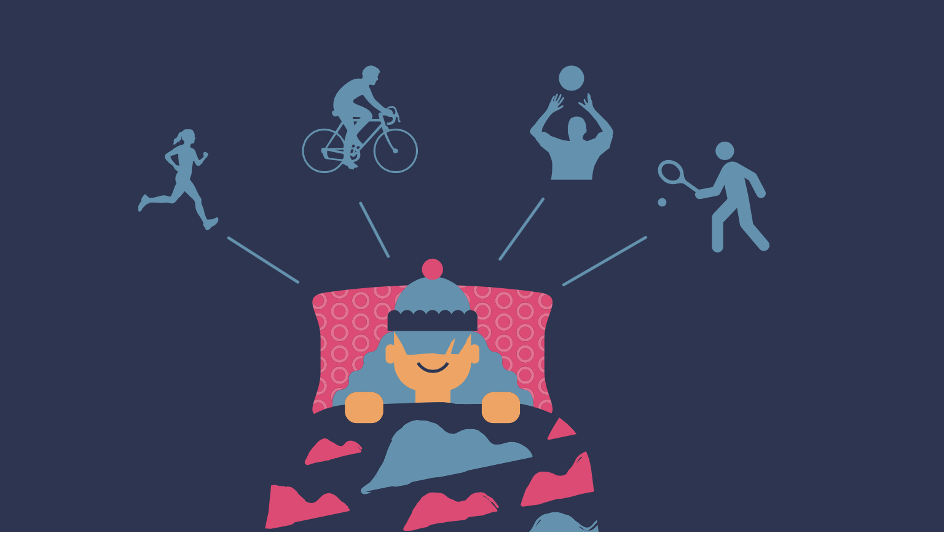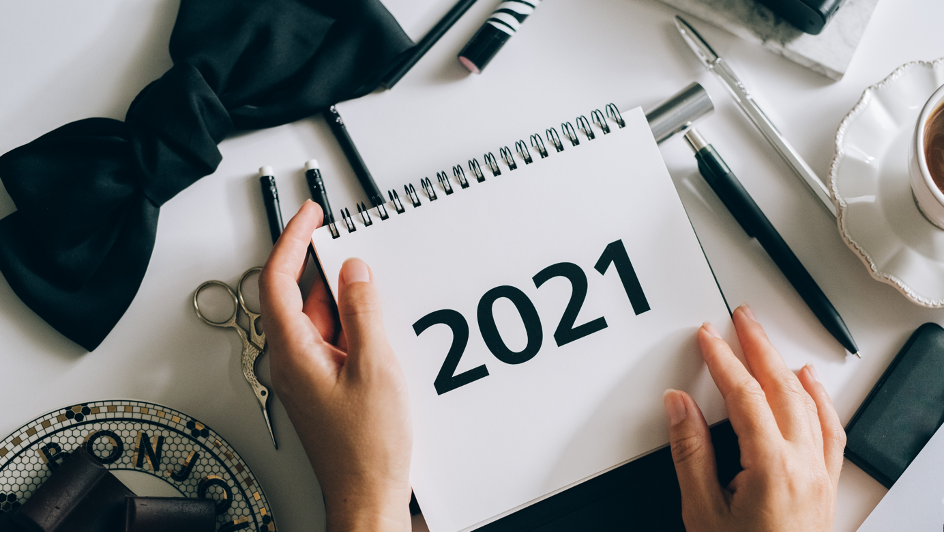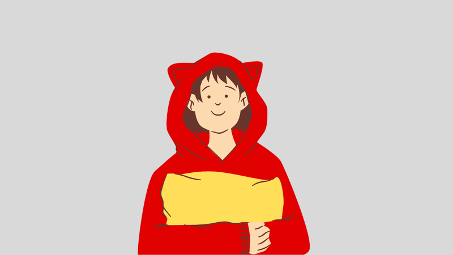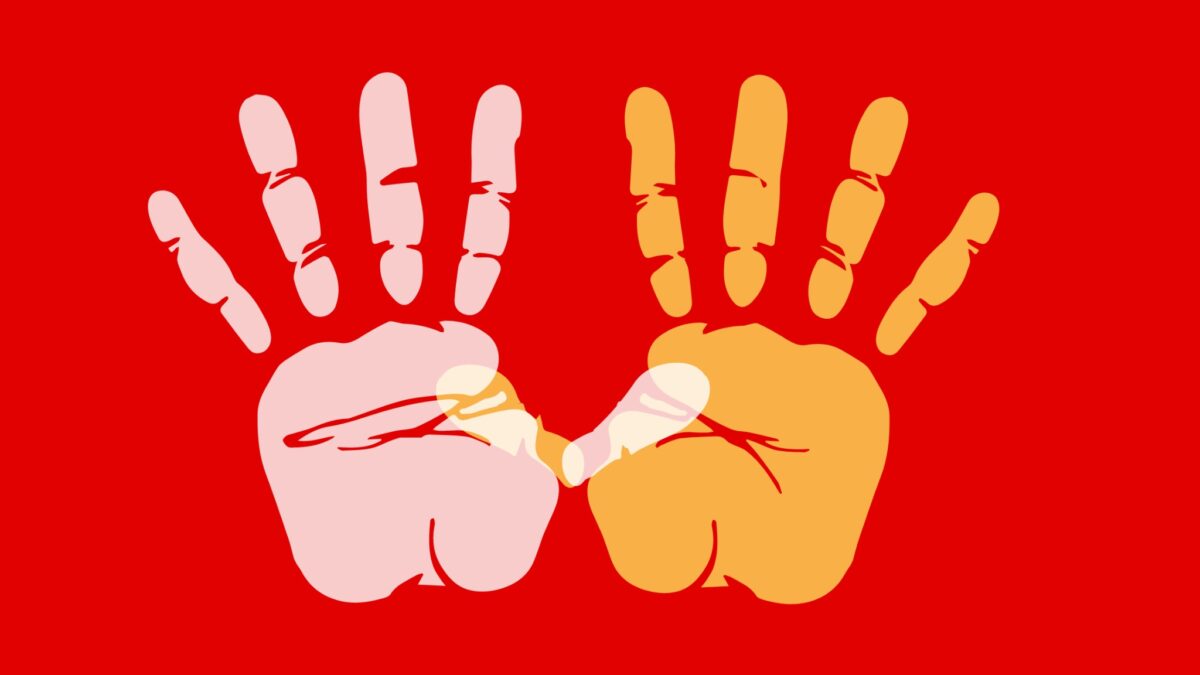A lucid dream is a phenomenon of sleep where the dreamer is aware of the current state and thus can influence the dream events. One can consciously wake up or influence the actions, or passively observe the events with this awareness. What makes lucid dreaming special is that what is experienced in the dream feels very real. However, not all people can enjoy this by any means. According to Schredl and Erlacher (2011), about 20 percent of the population experiences such dreams more frequently and only one to two percent have lucid dreams regularly. It is possible to learn lucid dreaming, but it is often not easy.
Prof. Dr. Erlacher is investigating motor learning in lucid dreams at the University of Bern. Existing studies show that motor learning is possible in lucid dreams (Erlacher, 2005). In other words, athletes can train and optimize their movements while sleeping, but only in lucid dreams, where they can control the dream events. Athletes can train especially technique-related aspects well, while muscle mass and endurance cannot be influenced. This makes it possible to train physically demanding sports such as skateboarding or snowboarding in dreams and thus to prepare them anticipatorily for the waking state or to perfect movements through repetition in dreams.
Motor learning in lucid dreaming is reminiscent of mental training, where sequences of movements can be trained in the imagination while awake. However, the difference is that mental training is an imaginational experience and lucid dreaming is a phenomenal experience (LaBerge et al., 2018). Moreover, lucid dreams are clearer and more vivid than mental training.
One advantage of training in lucid dreams is, that there is no risk of injury. Especially for martial artists training in sleep is a worthwhile method to try new things without the risk of getting hurt. On the other hand, lucid dreaming is difficult to learn and needs a lot of practice. Erlacher (2011) has conducted studies on a wide range of athletes and asked them whether they train using lucid dreaming. 5% of athletes say that they use this method to train and 77% of them think lucid dream training has improved their sports performance. Studies show that the effects of lucid dream training tend to be greater than mental training as well as similar improvement to physical training (Schädlich et al., 2017). To make better use of lucid dreams, Erlacher is also researching methods by which lucid dreams can be induced from the outside, for example by a researcher in the sleep lab. But this must be trained and also requires patience, endurance and motivation. And so training in dreams, like almost everything in sports, is often hard work.
Bibliography :
- Erlacher, Daniel. Motorisches Lernen im luziden Traum: Phänomenologische und experimentelle Betrachtungen. Universität Heidelberg, 2005, doi:10.11588/heidok.00005896.
- Erlacher, D. (2019). Sport und Schlaf: Angewandte Schlafforschung für die Sportwissenschaft. Springer-Verlag.
- Schredl, M., & Erlacher, D. (2011). Frequency of lucid dreaming in a representative German sample. Perceptual and Motor Skills, 112, 104–108.
- Erlacher, D. (2010). Anleitung zum Klarträumen – Die nächtliche Traumwelt selbst gestalten. Norderstedt: Books on Demand.
- LaBerge, S., Baird, B., & Zimbardo, P. G. (2018). Smooth tracking of visual targets distinguishes lucid REM sleep dreaming and waking perception from imagination. Nature Communications, 9, 3298.
Schädlich, M., & Erlacher, D. (2018). Practicing sports in lucid dreams – characteristics, effects, and practical implications. Current Issues in Sport Science, 3(7).
Featured image :
- Wiedmer, J. (2021). Lucid Dreams and Motor Learning, made with canva.com





